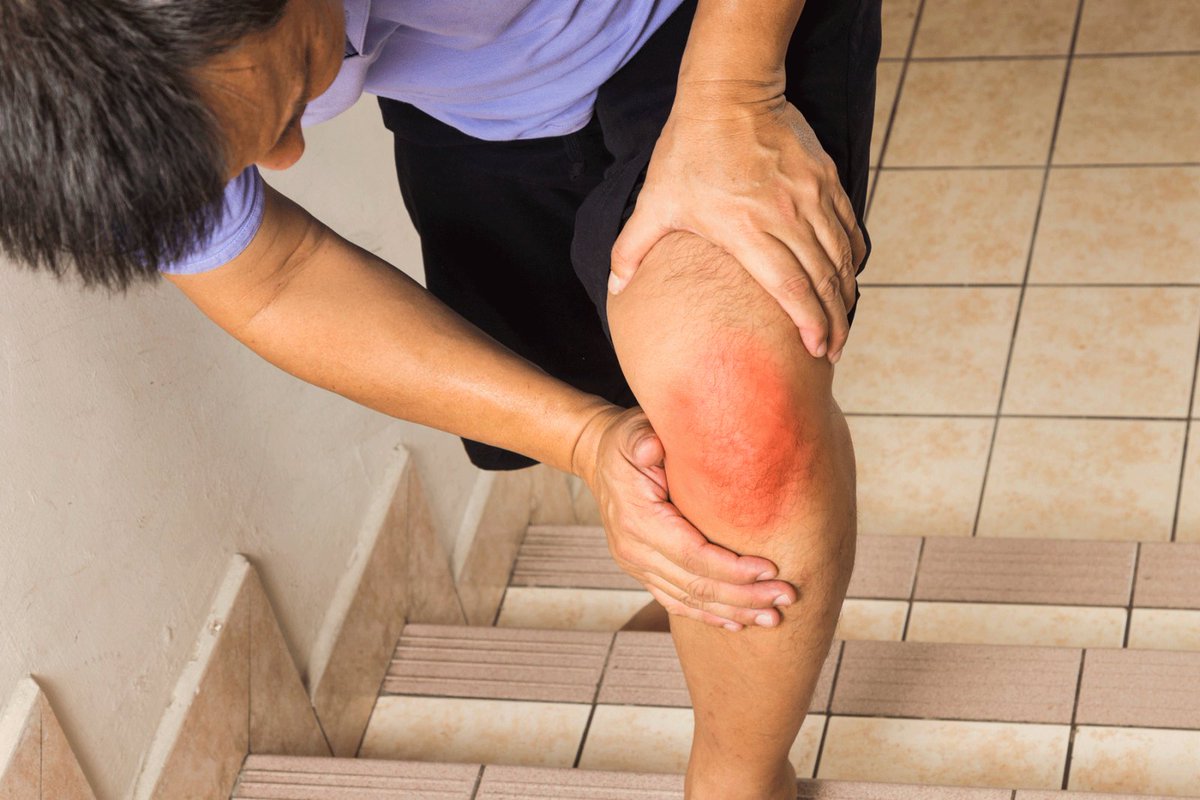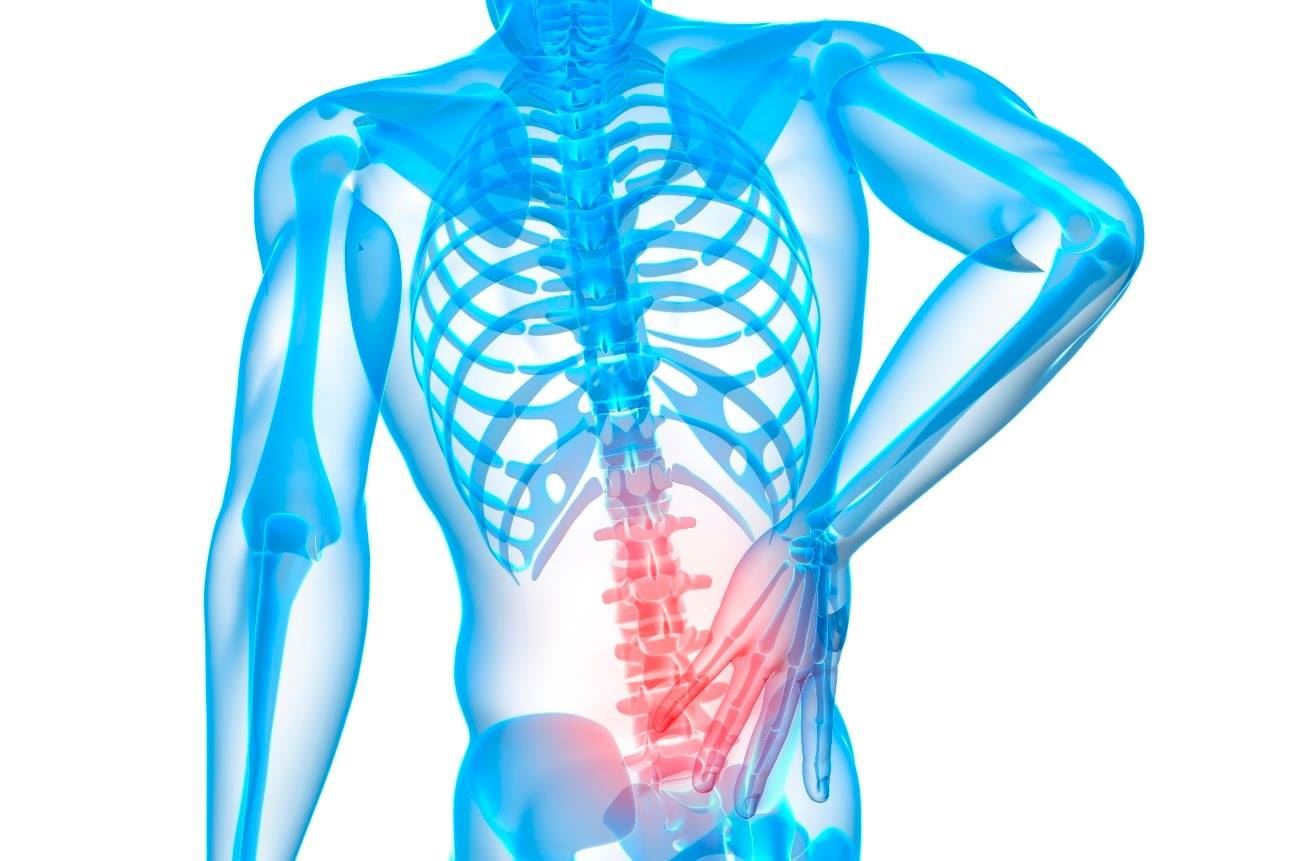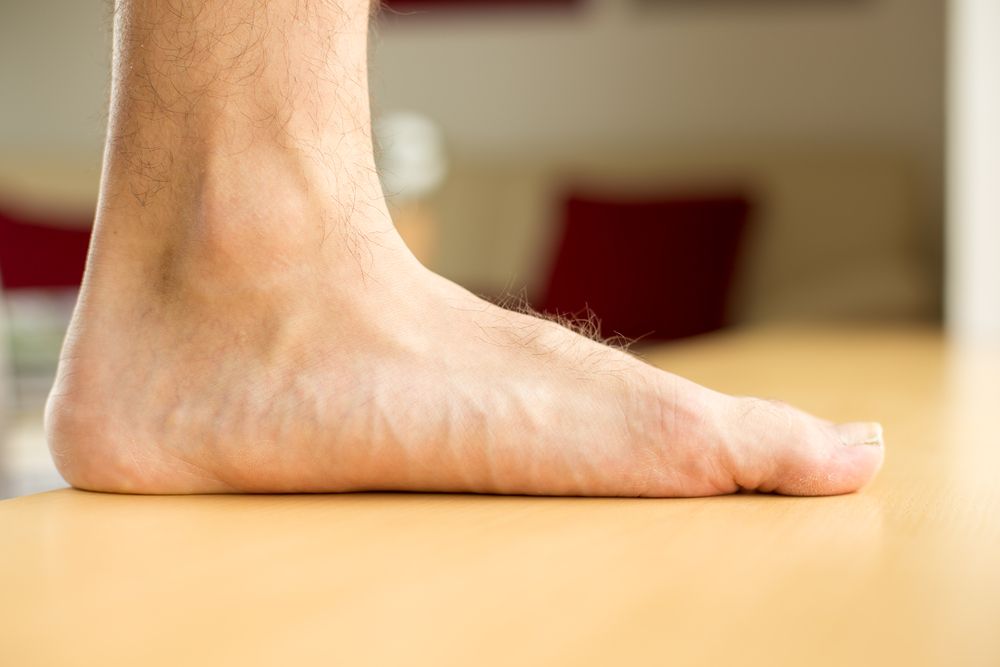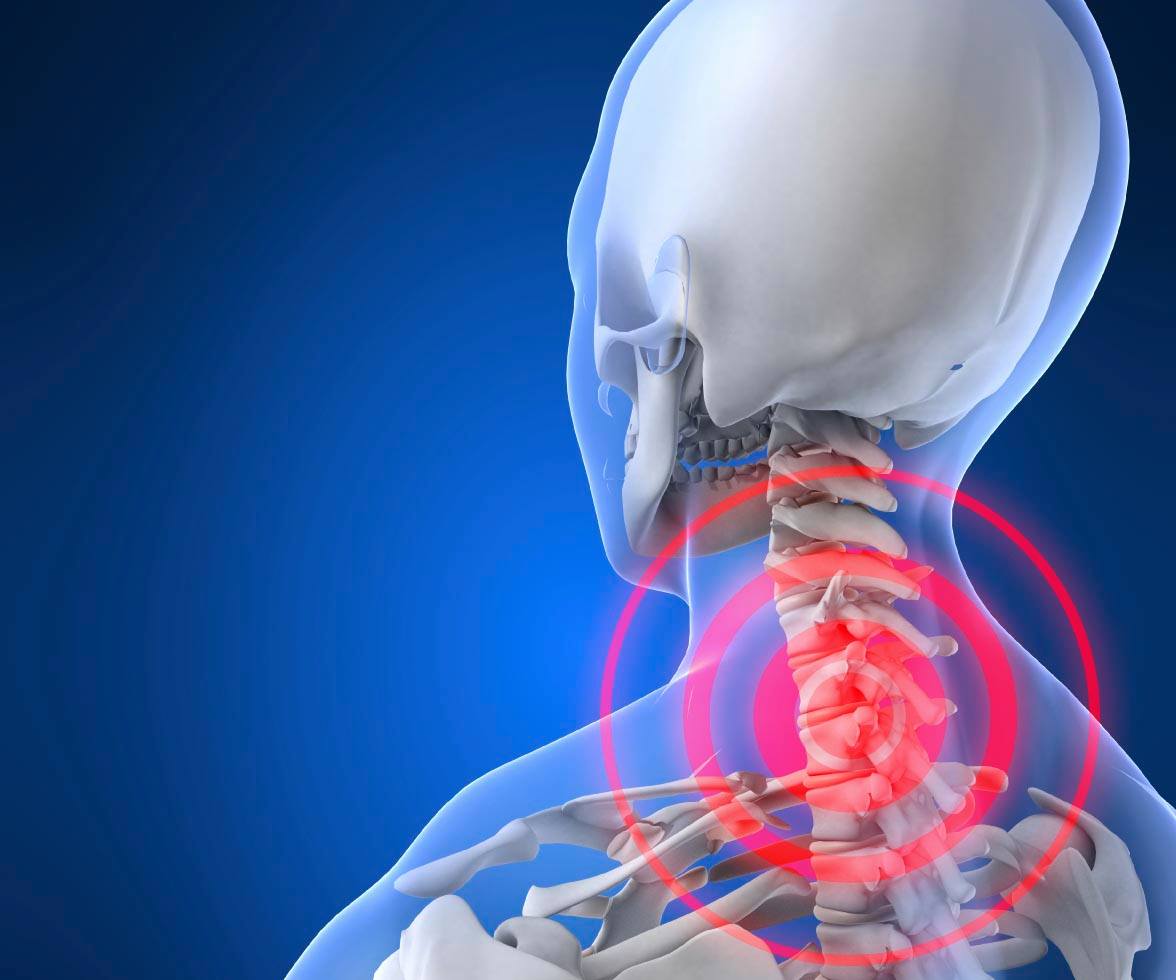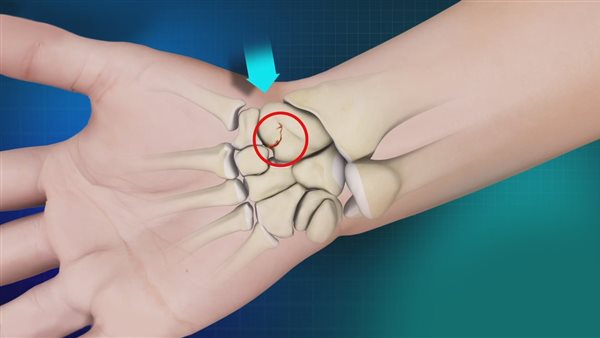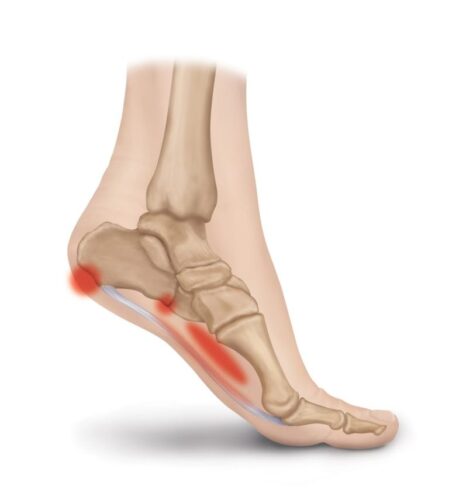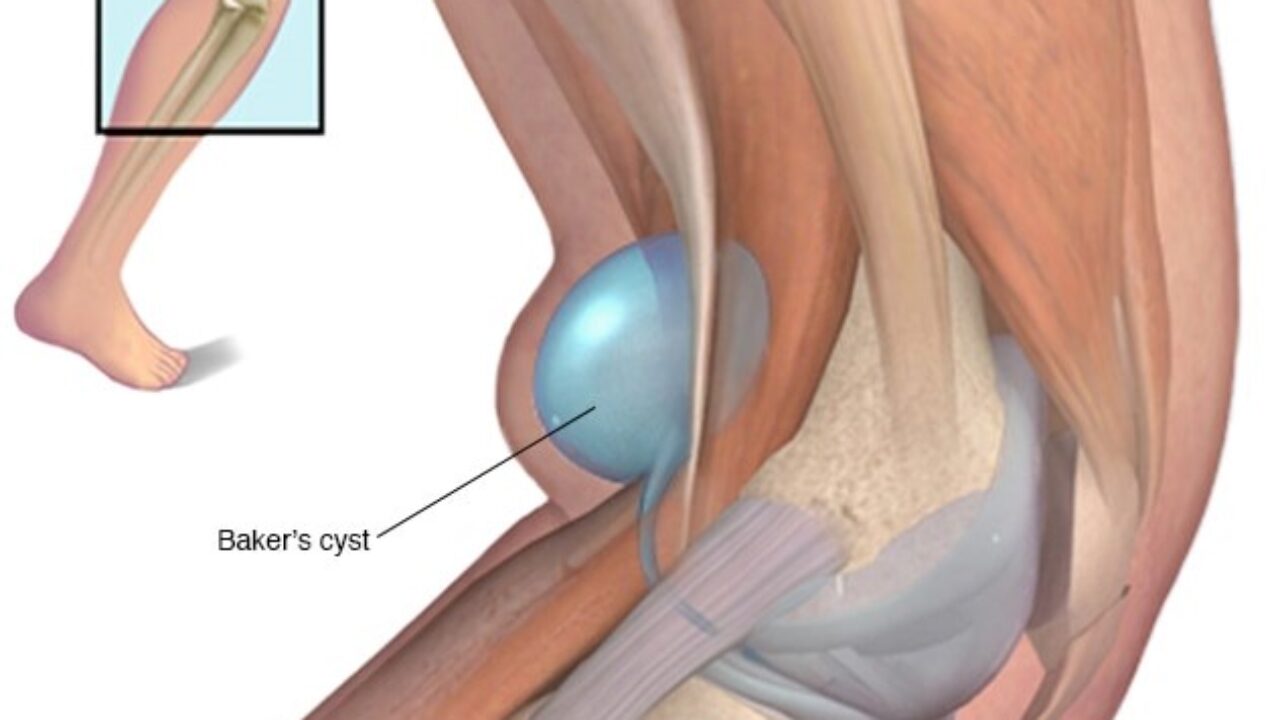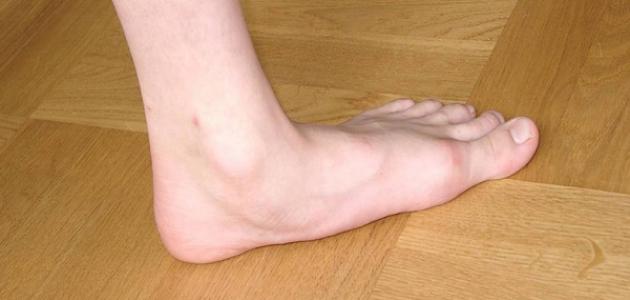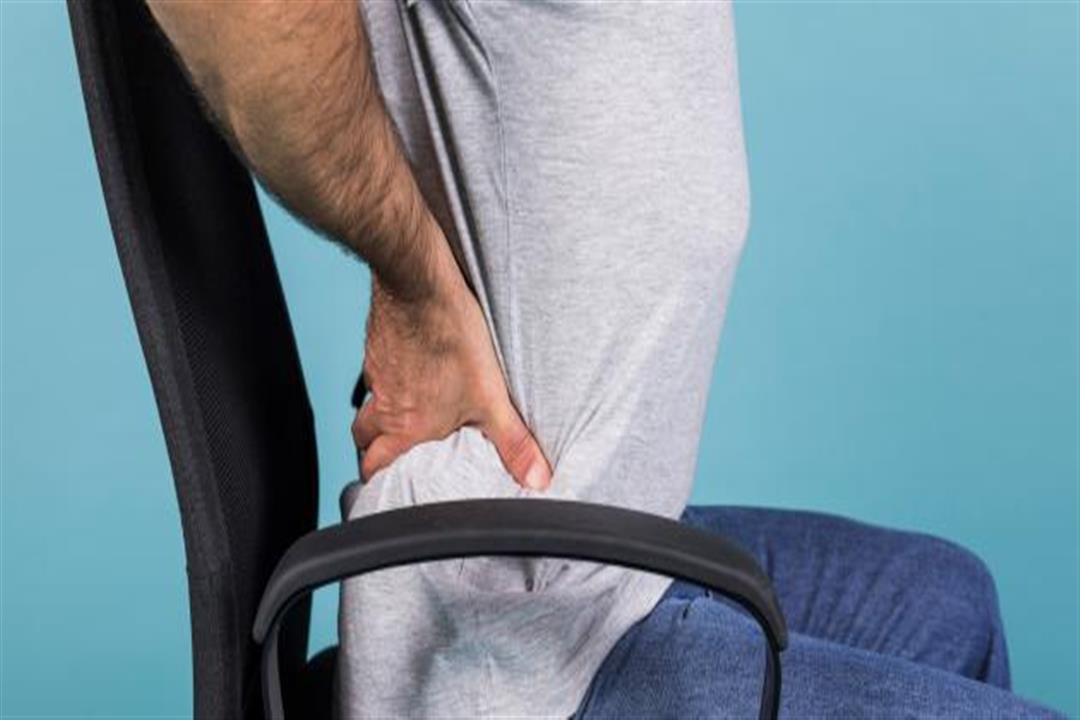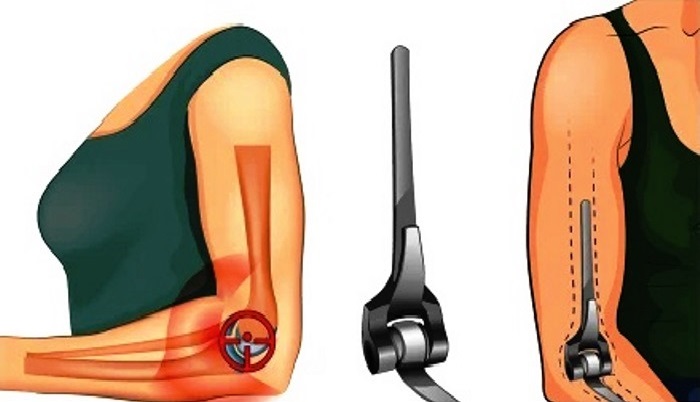Anterior cruciate ligament tear treatment without surgery
The cruciate ligament can be exposed to more than one type of injury. In the following article, we will learn more details about cruciate ligament injuries and how to treat them.
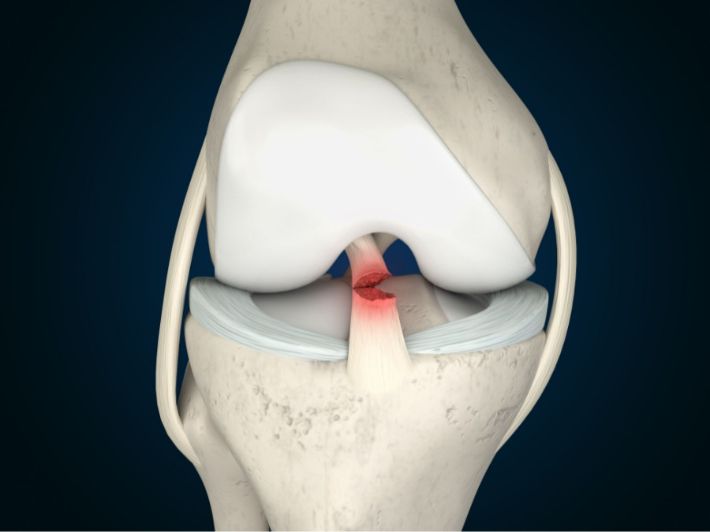
Anterior cruciate ligament rupture
The rupture of the cruciate ligament causes great pain in the knee and affects the person’s ability to walk in general, which makes him reduce his usual activity. the knee as a whole.
What are the causes of cruciate ligament rupture?
The cruciate ligaments in the knee are two and are the front and the back, and they intersect in the shape of the letter “X” to give the knee the necessary stability and the person’s ability to control it better, which enables him to carry out the usual daily activities. big.
Here are the causes of cruciate ligament rupture:
- Strong pressure on the knee.
- Collision between players.
- A severe knee sprain.
- Falling on a hard surface.
- Doing vigorous exercise without preparing the body for it.
Football players or team games, in general, can rupture the cruciate ligament, and this is due to the occurrence of severe friction in large way, which leads to pressure on the cruciate ligament and its expansion until it reaches the stage of rupture, and often signs of injury appear quickly after the rupture occurs in the knee.
Symptoms of the anterior cruciate ligament
The anterior cruciate ligament is one of the knee ligaments most vulnerable to rupture, despite its endurance of a compressive force of up to 2400 kg. The injured person may be exposed to a partial tear in the anterior cruciate ligament, and this certainly affects the function of the knee and its ability to move.
Symptoms of an anterior cruciate ligament tear are as follows:
- Feeling a sharp pain in the knee.
- Inability to control the knee joint.
- The speed of swelling of the joint.
- Having severe stiffness in the knee.
- Cartilage damage.
How is the cruciate ligament diagnosed?
The rapid appearance of symptoms of the ACL injury increases the ease of clinical diagnosis, and the attending physician begins to perform x-rays and the necessary analyses that determine the damage to the knee and give the possibility to determine the appropriate type of treatment for the patient in this case.
What is the treatment of the anterior cruciate ligament?
There is more than one treatment method for the cruciate ligament, which primarily works to give space for the injured part to recover before surgery is decided to improve the patient’s condition, and the cruciate ligament treatment may take some time until the patient reaches full recovery and is able to return to his life normally. more.
Anterior cruciate ligament tear treatment without surgery
In the event of a partial cut or rupture of the cruciate ligament, work can be done to improve the condition of the injured person by working on non-surgical treatment methods first, including the following:
Pharmaceutical treatment
The specialist doctor begins with a good diagnosis of the patient’s condition and determines the types of drugs most appropriate for him, and mostly they can be anti-inflammatories and analgesics that help improve the general condition of the affected person and increase his ability to move the knee.
Home treatment
Home treatment here is a conservative treatment because it improves the condition of the injured person and gives a greater ability to recover without surgical intervention, and this type of treatment relies on giving the affected part more rest and the use of cold water compresses, and the injured person can use braces and crutches.
Physiotherapy
There is great importance to physical therapy for the anterior cruciate ligament, which helps because it works to give the knee strength and rigidity so that the patient feels more comfortable and the great pressure placed on it is relieved in general, allowing the tear to heal faster.
The difference between cutting and tearing the cruciate ligament
Cruciate ligament injuries have more than one degree, which can generally affect the function of the knee and the ability of the patient to walk, and the injuries are divided into two types: rupture of the cruciate ligament, which is the presence of an extension that reaches a partial cut in the ligament and can be treated with non-surgical methods, while cutting the cruciate ligament is a separation It all happened in Rabat and is mostly treated with surgery.

